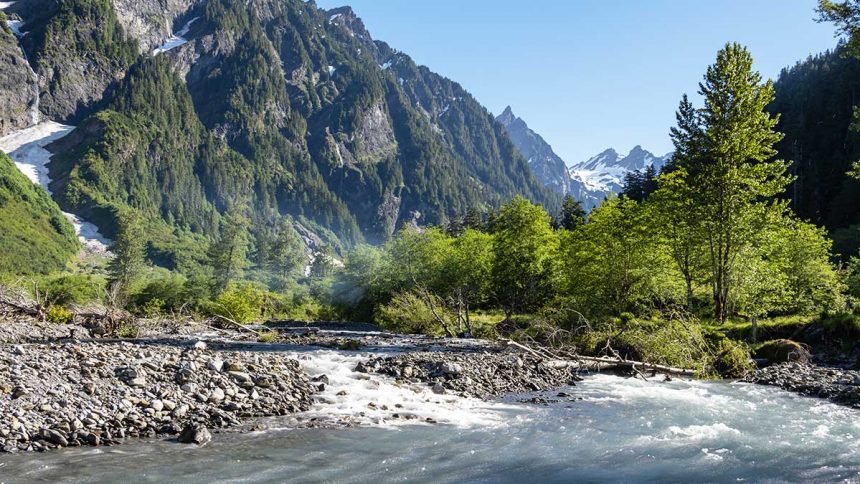
The United States is facing a critical threat to its most valued cultural landmarks due to the escalating climate crisis. Recent research conducted by Climate X, a prominent climate risk data analytics company, has highlighted three UNESCO World Heritage Sites in the country—Olympic National Park, Everglades National Park, and Chaco Culture National Historical Park—as particularly vulnerable to climate-related hazards.
Climate X analyzed the potential impact of climate change on 500 UNESCO World Heritage Sites worldwide. Their study assessed physical threats such as flooding, coastal erosion, landslides, and extreme weather events. In the U.S., Climate X identified three sites that could face irrevocable damage by 2050 under the worst-case scenario of continued high greenhouse gas emissions.
The Spectra platform developed by Climate X, utilized by insurers and governments, projects climate risks over a 100-year timeframe. By providing precise, location-specific data on 16 different climate hazards, Spectra enables informed decision-making to safeguard historical sites and modern infrastructure.
Olympic National Park, Washington
The iconic temperate rainforest of Olympic National Park, known for its rugged coastlines and mountainous forests, is threatened by river floods, surface floods, and landslides. Warmer summers pose a risk to the diverse plant and animal species unique to the park due to their inability to relocate northward. The park’s extraordinary beauty and biodiversity, with several species exclusive to the region, are in grave danger.
Everglades National Park, Florida
The distinctive wetland ecosystem of Everglades National Park faces significant vulnerability to coastal floods from rising sea levels, increased hurricane frequency, extreme heat, drought, and storm surges. These climate events could disrupt the delicate ecological balance critical for numerous endangered species.
Chaco Culture National Historical Park, New Mexico
Home to the remains of an advanced ancient civilization, Chaco Culture National Historical Park is at medium to high risk from various climate hazards. Once the cultural hub of the Chacoan civilization flourishing between AD 900 and 1150, the park showcases intricate architecture, road systems, and ceremonial complexes, offering insights into ancient Puebloan societal practices. The park’s well-preserved ruins, including massive stone buildings and astronomical alignments, face threats of erosion and structural damage from extreme weather events, jeopardizing ongoing research.
Your Choices Make An Impact
Climate X’s findings serve as a wakeup call to protect our cultural heritage and underscore the broader societal and economic implications of climate change. According to Lukky Ahmed, CEO and co-founder of Climate X, “The potential consequences of climate change on these sites are profound, impacting both our past and present.” The climate crisis is the cumulative result of generations of individual choices, from energy consumption to resource usage, leading to escalating greenhouse gas emissions endangering our planet’s natural and cultural treasures.
Addressing this ecological crisis demands collective action. By consciously reducing carbon footprints, adopting sustainable practices, and minimizing wasteful habits, we can alter the course of climate change, preserving cherished landmarks and ensuring a sustainable future for upcoming generations.
. If the provided articles seems to be less than 200 characters or it is an intro of the author, then try to generate an articles using this title.Climate Change Puts U.S. Cultural Landmarks At Risk.






